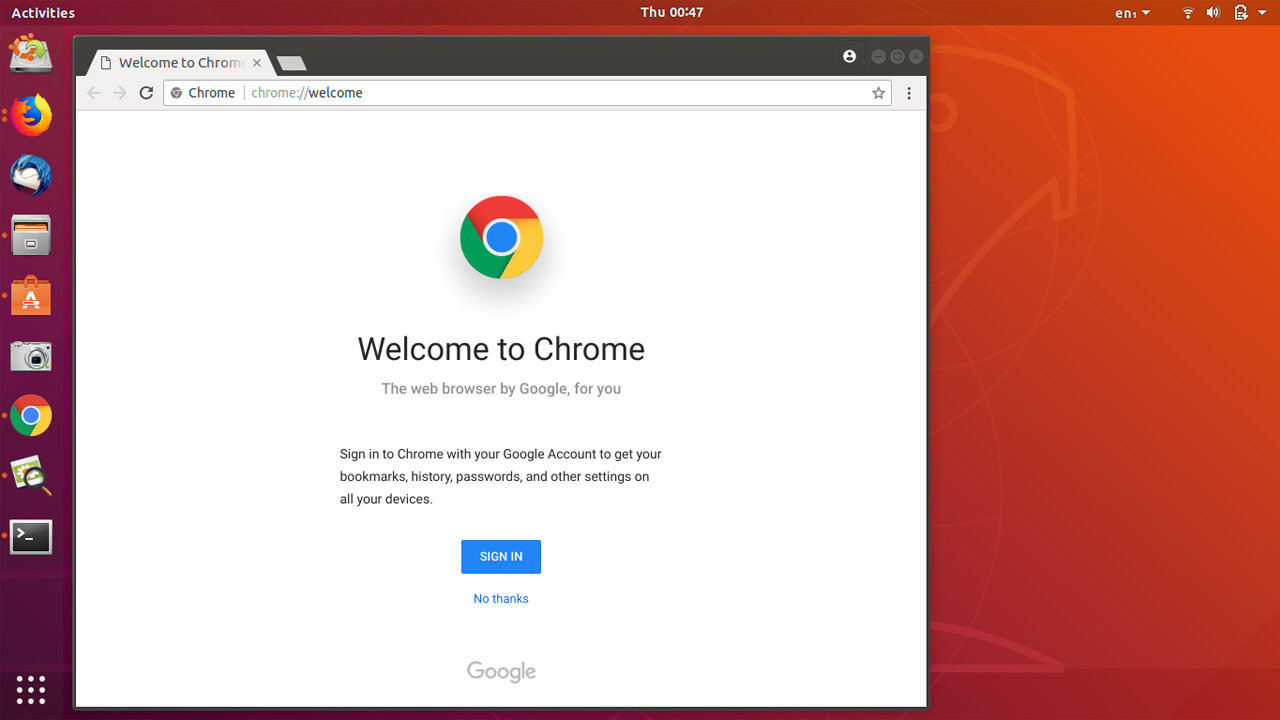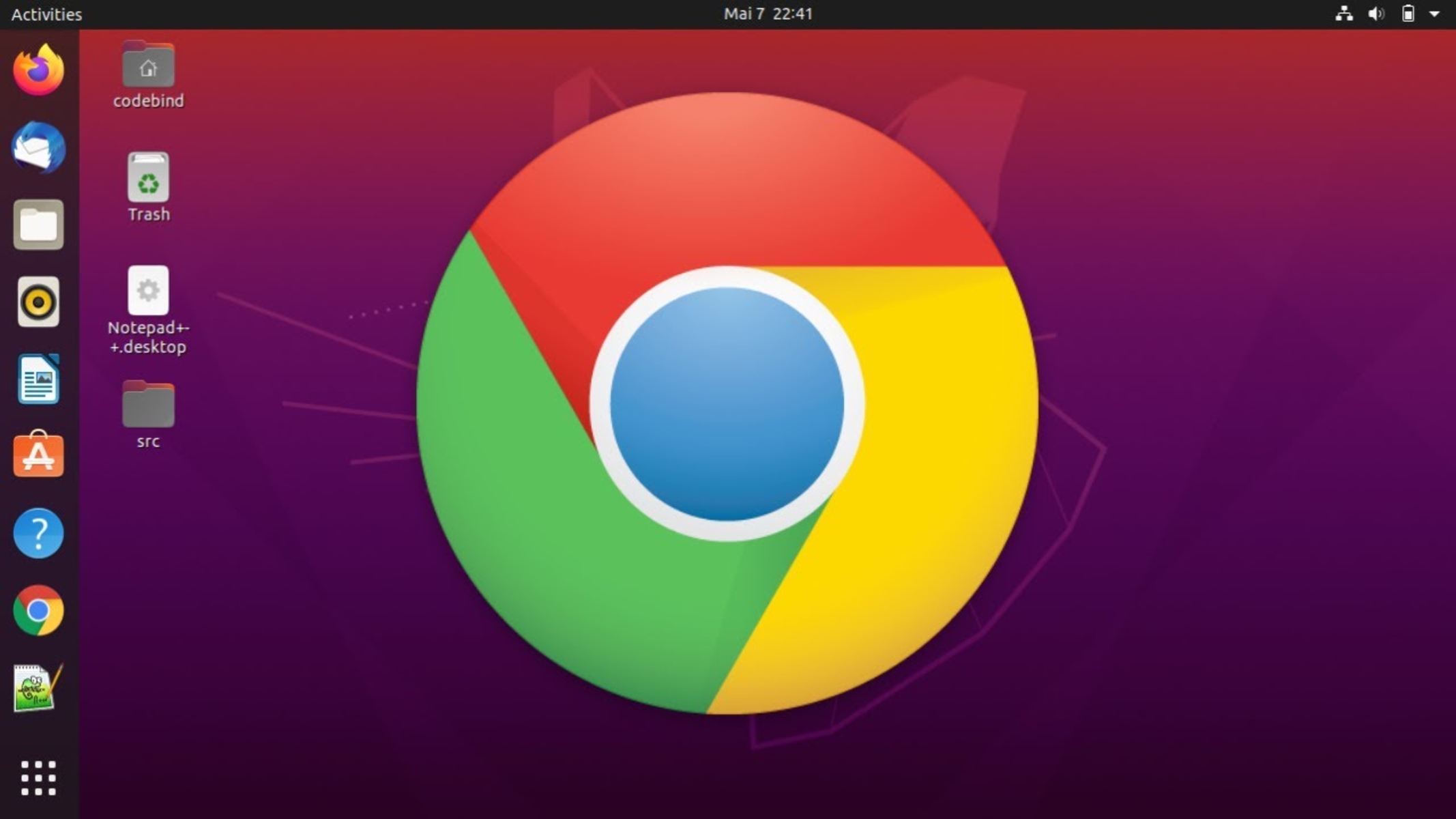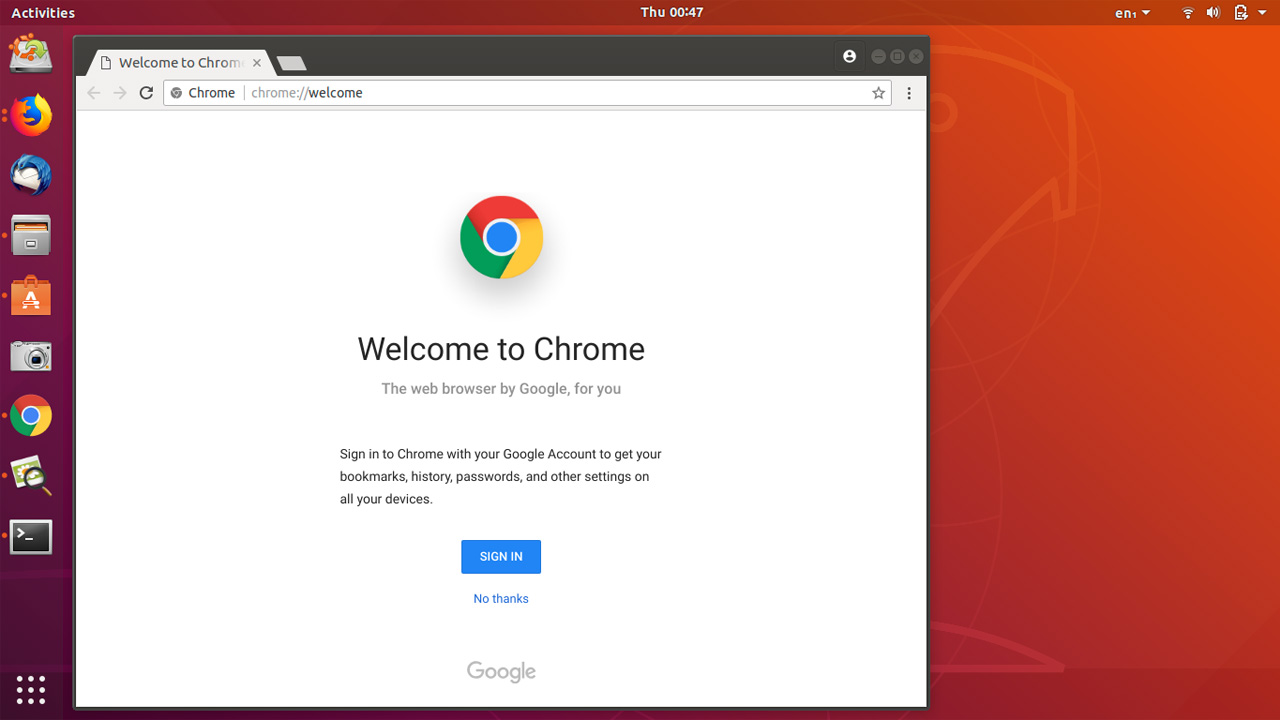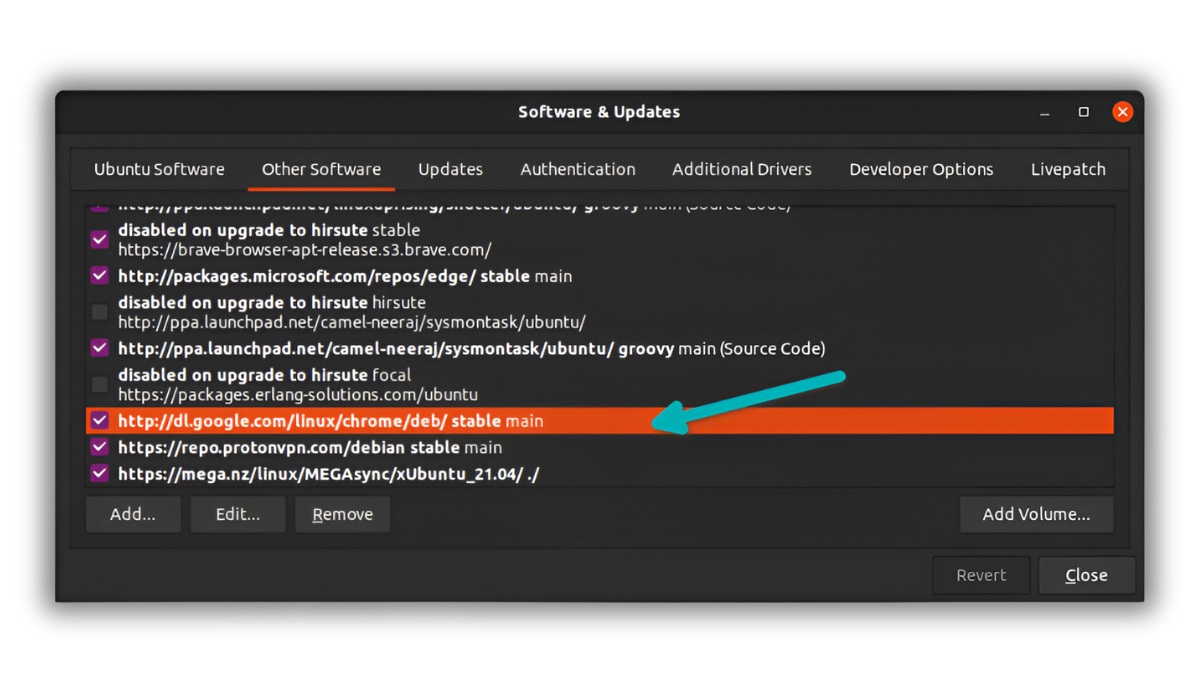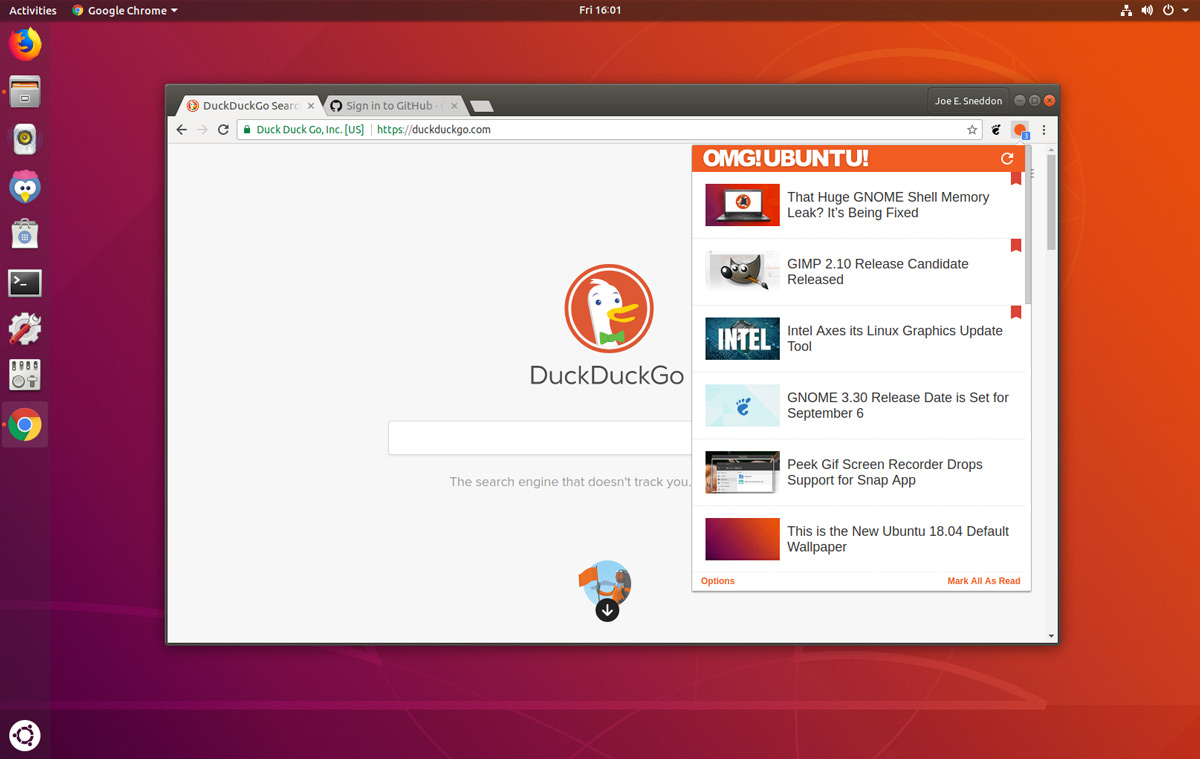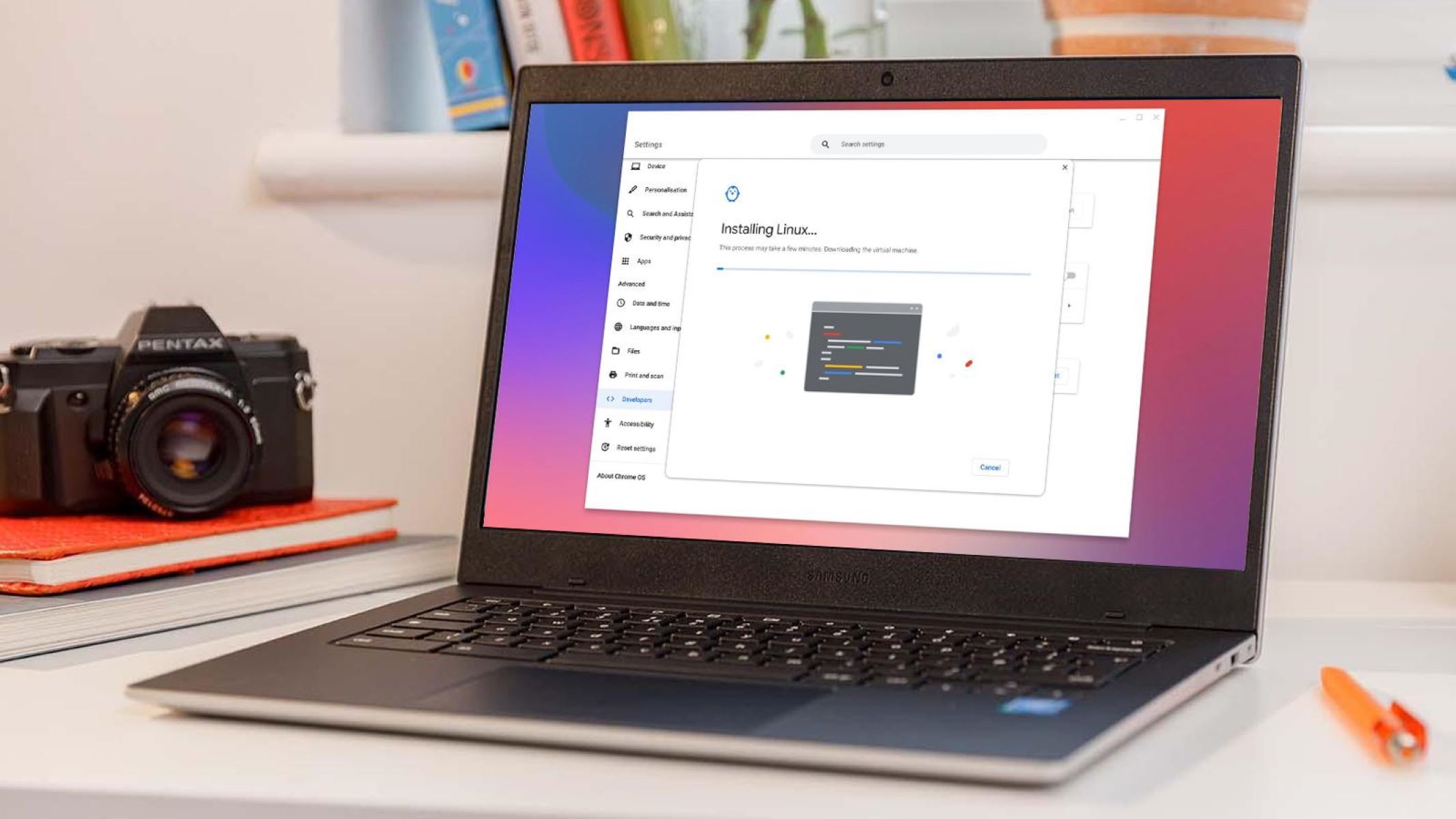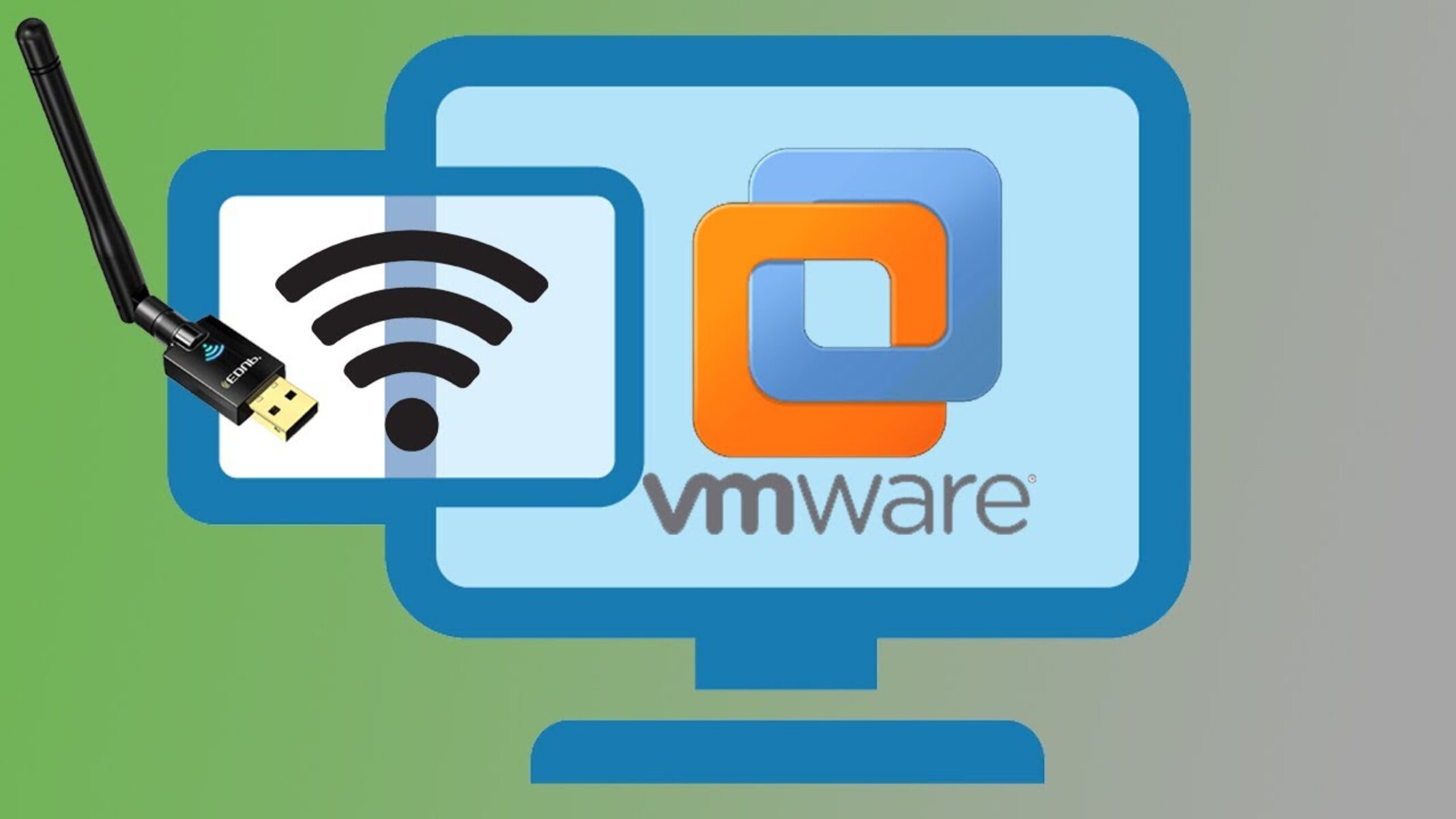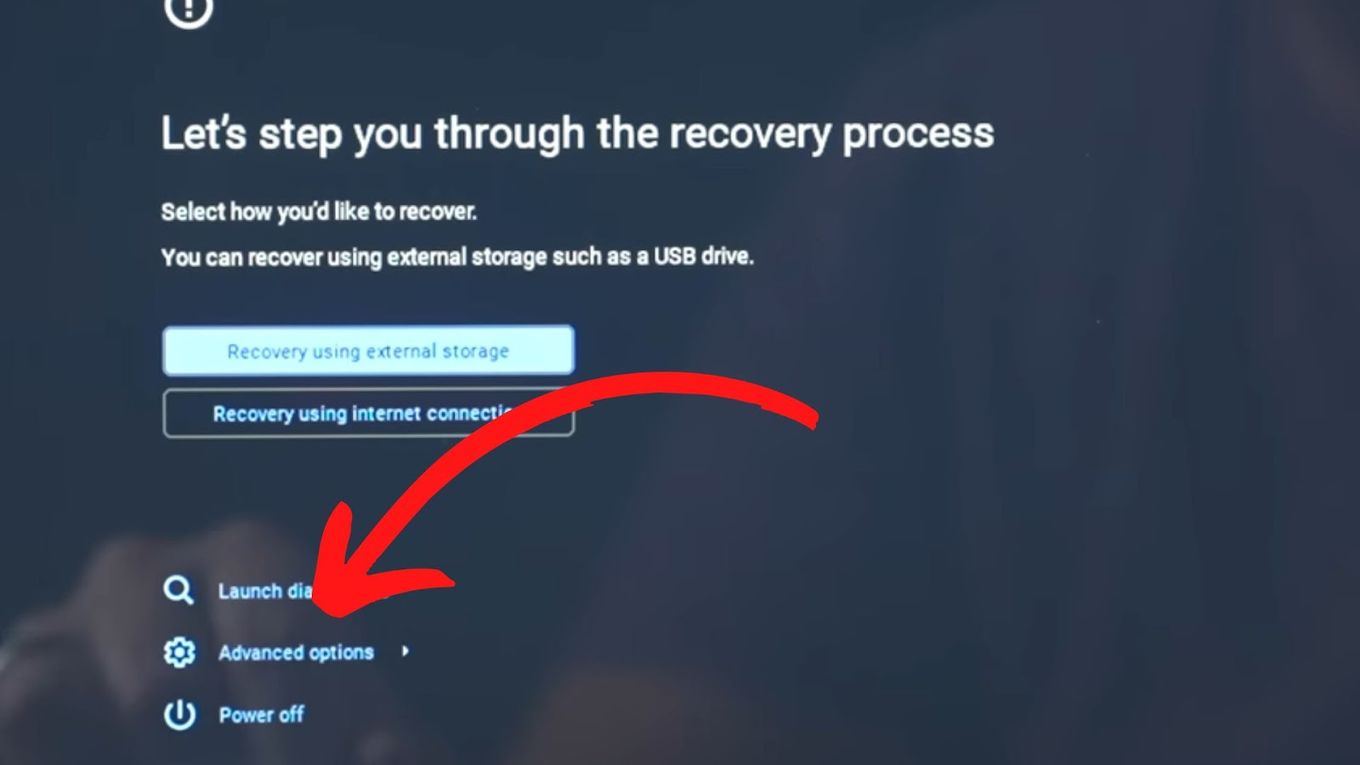Introduction
Installing Google Chrome on Ubuntu can greatly enhance your browsing experience by providing access to a wide range of extensions and features. While Ubuntu comes with its own web browser, many users prefer the familiarity and functionality of Chrome. By following a few simple steps, you can seamlessly integrate Chrome into your Ubuntu system, allowing you to enjoy the speed, security, and versatility that Chrome is renowned for.
Whether you're a seasoned Ubuntu user or just getting started with this powerful operating system, installing Chrome is a straightforward process that can significantly enhance your web browsing experience. With Chrome, you can take advantage of its seamless integration with Google services, robust security features, and extensive library of extensions, making it a popular choice for users across the globe.
In this guide, we'll walk you through the step-by-step process of installing Chrome on your Ubuntu system. From updating your system to launching Chrome for the first time, you'll gain a comprehensive understanding of how to seamlessly integrate this popular browser into your Ubuntu environment. So, let's dive in and explore the simple yet impactful process of installing Chrome on Ubuntu.
Step 1: Update Your System
Before installing Google Chrome on your Ubuntu system, it's essential to ensure that your system is up to date. Updating your system not only ensures that you have the latest security patches and bug fixes but also prepares your system for the smooth installation of Chrome.
To update your system, you can use the built-in Software Updater tool or run a few commands in the terminal. Here's how to do it:
-
Using Software Updater:
- Click on the "Activities" overview in the top-left corner of your screen.
- Type "Software Updater" in the search bar and open the application.
- The Software Updater will automatically check for updates. If updates are available, click on the "Install Now" button to download and install them.
-
Using Terminal:
-
Open the terminal by pressing
Ctrl + Alt + T. -
Type the following command and press Enter:
sudo apt update
-
Enter your password when prompted, and the system will update the package lists.
-
After the update is complete, you can upgrade your system by typing the following command and pressing Enter:
sudo apt upgrade
-
Review the list of packages that will be upgraded, and if you're ready to proceed, type 'y' and press Enter.
-
By updating your system, you ensure that your Ubuntu environment is equipped with the latest improvements and security enhancements. This proactive approach sets the stage for a seamless installation of Google Chrome, allowing you to make the most of its features and capabilities without any compatibility issues.
Once your system is up to date, you're ready to proceed to the next step of downloading the Google Chrome package onto your Ubuntu system.
Step 2: Download the Chrome Package
With your Ubuntu system updated and primed for the installation of Google Chrome, the next step is to download the Chrome package. Google Chrome for Ubuntu is available as a .deb package, which is a common format for software installation on Debian-based systems like Ubuntu. Here's how you can download the Chrome package and prepare it for installation:
-
Open Your Web Browser:
Launch your web browser, such as Firefox, which comes pre-installed with Ubuntu. Navigate to the official Google Chrome website at https://www.google.com/chrome/. -
Download Chrome:
On the Google Chrome website, click on the "Download Chrome" button. The website will automatically detect your operating system, so you'll see the download button for the Linux version. Click on "Download Chrome" to initiate the download of the .deb package. -
Save the Package:
When prompted, choose to save the .deb package to a location on your Ubuntu system where you can easily access it, such as the Downloads folder. -
Verify the Download:
After the download is complete, it's a good practice to verify the integrity of the downloaded package. You can do this by checking the SHA256 checksum of the downloaded .deb file against the official checksum provided on the Google Chrome website. While this step is optional, it adds an extra layer of security by ensuring that the package has not been tampered with.
By downloading the Google Chrome package, you've taken a crucial step toward integrating this popular browser into your Ubuntu environment. The next step involves installing the Chrome package, which will enable you to harness the full power and functionality of Google Chrome on your Ubuntu system. Let's move on to the installation process in the next step.
Now that you have the Chrome package downloaded, you're ready to proceed to the installation phase, where you'll bring Google Chrome to life on your Ubuntu system.
Step 3: Install Chrome
Now that you have the Google Chrome package downloaded onto your Ubuntu system, it's time to proceed with the installation process. Installing Google Chrome on Ubuntu is a straightforward task that involves using the package manager to install the .deb package you downloaded. Here's a detailed guide on how to install Chrome on your Ubuntu system:
-
Open Terminal: To begin the installation process, open the terminal on your Ubuntu system. You can do this by pressing
Ctrl + Alt + Tor by searching for "Terminal" in the applications menu. -
Navigate to the Downloads Folder: Since you downloaded the Google Chrome .deb package to your Downloads folder, navigate to this directory in the terminal using the
cdcommand. For example, if the package is in the Downloads folder, you can use the following command:cd ~/Downloads
-
Install Google Chrome: With the terminal open and the current directory set to where the .deb package is located, you can install Google Chrome using the
dpkgcommand. Enter the following command in the terminal:sudo dpkg -i google-chrome-stable_current_amd64.deb
Replace
google-chrome-stable_current_amd64.debwith the actual name of the Chrome package if it's different. -
Resolve Dependencies: After running the
dpkgcommand, you may encounter dependency issues. If this happens, you can resolve the dependencies by running the following command in the terminal:sudo apt install -f
-
Verify Installation: Once the installation process is complete, you can verify that Google Chrome has been successfully installed on your Ubuntu system. You can do this by searching for "Google Chrome" in the applications menu or by launching Chrome from the terminal using the
google-chromecommand.
By following these steps, you can seamlessly install Google Chrome on your Ubuntu system, bringing the speed, security, and versatility of Chrome to your browsing experience. With Chrome installed, you can explore its wide range of features, extensions, and seamless integration with Google services, enhancing your overall web browsing experience on Ubuntu.
Now that you've successfully installed Google Chrome on your Ubuntu system, you're ready to move on to the final step of launching Chrome for the first time and exploring its features and capabilities. Let's proceed to the next step and launch Chrome on your Ubuntu system.
Step 4: Launch Chrome
After successfully installing Google Chrome on your Ubuntu system, the next exciting step is to launch the browser for the first time. This marks the beginning of your journey with Chrome on Ubuntu, where you'll experience its speed, security features, and seamless integration with Google services. Here's a detailed guide on how to launch Chrome and explore its features on your Ubuntu system:
-
Access Chrome: To launch Google Chrome, you can simply search for "Google Chrome" in the applications menu of your Ubuntu system. Alternatively, you can open the Activities overview and type "Google Chrome" to locate and launch the browser.
-
First-time Setup: When you launch Chrome for the first time, you'll have the opportunity to customize your browsing experience. Chrome offers features such as syncing bookmarks, history, and settings across devices, as well as personalized search and browsing recommendations. You can sign in with your Google account to enable these features and tailor Chrome to your preferences.
-
Explore Chrome's Interface: Upon launching Chrome, take a moment to familiarize yourself with its user interface. You'll find the address bar, commonly referred to as the Omnibox, where you can enter web addresses and search queries. Chrome's minimalist design and intuitive layout make it easy to navigate and access various features and settings.
-
Extensions and Settings: As you explore Chrome, you'll discover the extensive library of extensions available in the Chrome Web Store. These extensions can enhance your browsing experience by adding functionality such as ad blockers, productivity tools, and security enhancements. Additionally, you can delve into Chrome's settings to customize privacy and security preferences, manage cookies, and configure site permissions.
-
Experience Chrome's Performance: One of the key highlights of using Chrome on Ubuntu is its exceptional performance. You'll notice the swift loading of web pages, smooth scrolling, and efficient tab management. Chrome's robust rendering engine and optimized resource utilization contribute to a seamless and responsive browsing experience.
-
Sync Across Devices: If you've signed in to Chrome with your Google account, you can seamlessly sync your browsing data, including bookmarks, history, and settings, across multiple devices. This synchronization ensures a consistent browsing experience whether you're using Chrome on your Ubuntu desktop, laptop, or mobile device.
By launching Google Chrome on your Ubuntu system, you've embarked on a journey of seamless browsing, enhanced productivity, and secure web exploration. Chrome's intuitive interface, extensive feature set, and robust performance make it a compelling choice for users seeking a versatile and reliable web browser on Ubuntu.
With Chrome successfully launched, you're now ready to immerse yourself in its features, extensions, and seamless integration with Google services, elevating your browsing experience on Ubuntu.
Conclusion
In conclusion, the process of installing Google Chrome on Ubuntu is a seamless and rewarding endeavor that opens up a world of possibilities for enhancing your web browsing experience. By following the step-by-step guide outlined in this article, you've successfully integrated Google Chrome into your Ubuntu environment, gaining access to its speed, security features, and extensive library of extensions.
With your Ubuntu system updated, the Google Chrome package downloaded, and the browser successfully installed, you've laid the foundation for a robust and versatile browsing experience. Launching Chrome for the first time marks the beginning of a journey filled with efficient web exploration, personalized settings, and seamless synchronization across devices.
Google Chrome's intuitive interface, efficient performance, and seamless integration with Google services make it a compelling choice for Ubuntu users seeking a reliable and feature-rich web browser. Whether you're leveraging Chrome's extensive library of extensions to enhance productivity, customizing privacy and security settings, or syncing your browsing data across devices, Chrome empowers you to tailor your browsing experience to your preferences.
As you navigate the web with Google Chrome on Ubuntu, you'll appreciate its swift page loading, smooth scrolling, and efficient tab management, all contributing to a seamless and responsive browsing experience. The browser's robust rendering engine and optimized resource utilization ensure that you can explore the web with speed and confidence, making Chrome a valuable addition to your Ubuntu toolkit.
In essence, the installation of Google Chrome on Ubuntu not only expands your browsing capabilities but also aligns with the seamless integration and versatility that Ubuntu is known for. By embracing Chrome's feature set and performance on Ubuntu, you're poised to make the most of your web browsing activities, whether for work, leisure, or exploration.
With Google Chrome seamlessly integrated into your Ubuntu environment, you're well-equipped to explore the web with speed, security, and versatility, leveraging Chrome's extensive features and seamless synchronization to elevate your browsing experience on Ubuntu.







